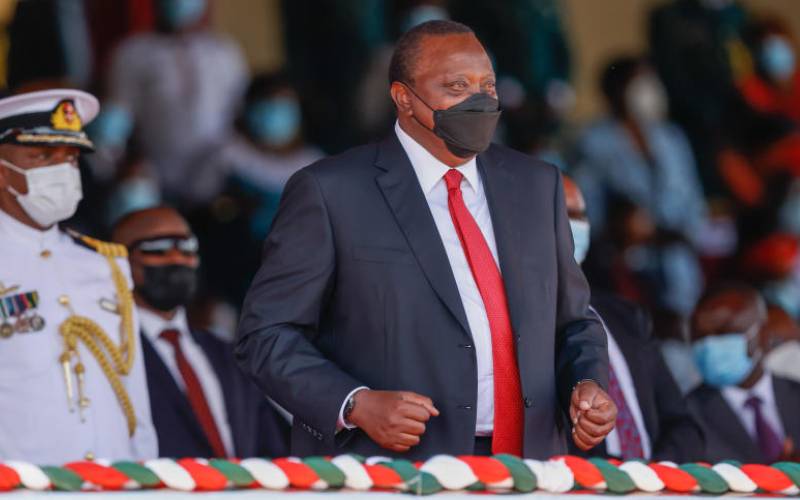×
The Standard e-Paper
Join Thousands of Readers

President Uhuru Kenyatta's fight with the Judiciary started after the landmark ruling that annulled the 2017 presidential election.
The decision that affirmed the independence of the Judiciary and won it admiration globally would trigger conflict between the Executive and the Judiciary.